All of the coloring pages displayed on this page are free for personal use (view full use policy). Any brands, characters, or trademarks featured in our coloring pages are owned by their respective holders and depicted here as fan art.
Please enjoy these baby cow coloring pages!
Adorable Baby Cow Coloring Pages
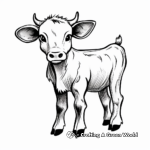
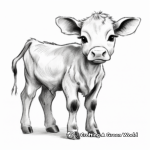

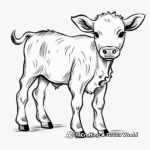
Farm-Themed Baby Cow Coloring Pages

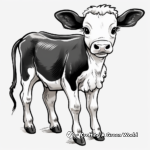

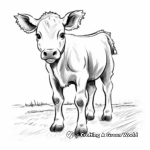
Cartoon Baby Cow Coloring Pages for Kids
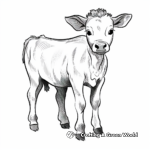
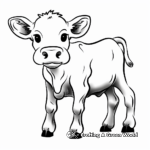
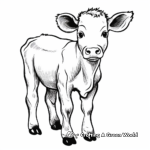
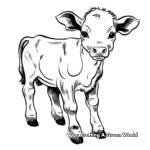
Illustrative Baby Cow and Mother Coloring Pages
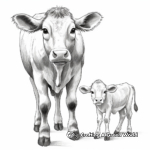
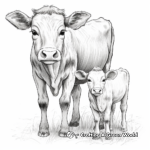

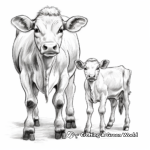
Realistic New Born Baby Cow Coloring Sheets
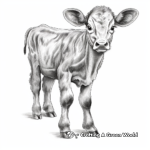
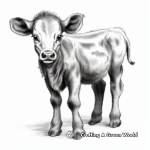
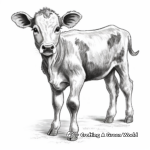
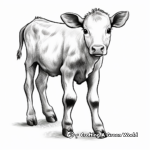
Detailed Calf Coloring Pages for Adults
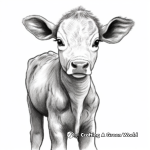


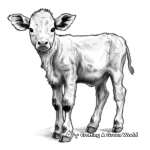
Calf in the Pasture: Country Scene Coloring Pages
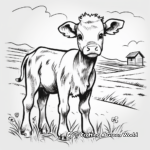
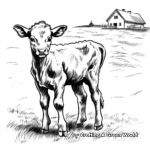

Baby Cow with Butterfly Friends Coloring Pages
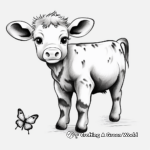
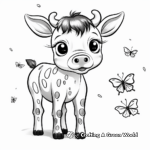
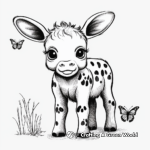
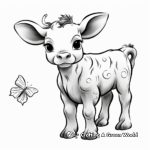
Printable Abstract Baby Cow Coloring Pages for Artists
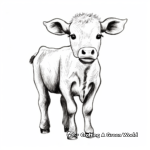
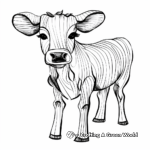
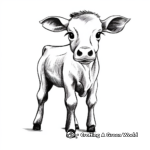
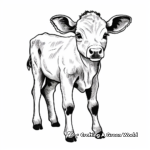
Holstein Calf Coloring Pages: Black and White Spotted
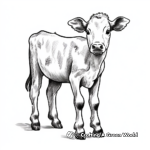


Jersey Calf Coloring Pages: Small and Charming
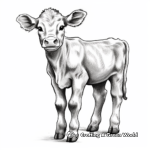
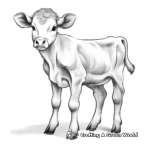
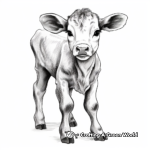
Longhorn Calf Coloring Pages: Texas Pride
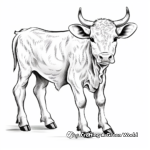
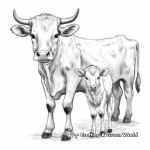
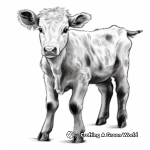
Baby Cow with Farm Buddies Coloring Pages
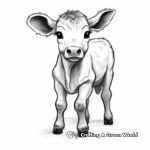

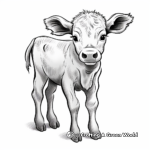
Intricate Baby Cow Mandala Coloring Pages
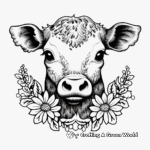
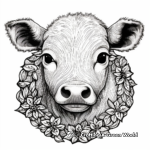


Baby Cow in Spring: Blossom Scenery Coloring Pages
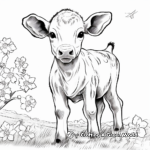

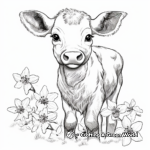

Cute Baby Cow with Bow Coloring Pages
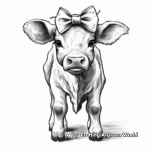
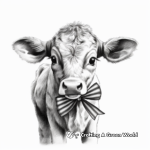
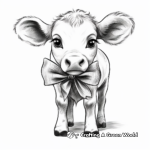

Playful Baby Cow Jumping Coloring Pages
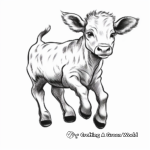
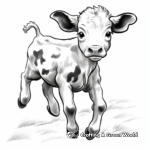
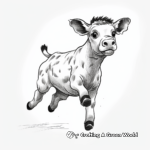
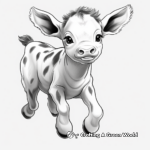
Sleeping Calf: Night-Time Scene Coloring Page
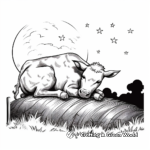
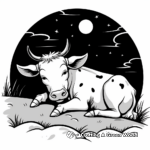
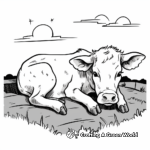
Brave Baby Bull Coloring Pages for Excitement
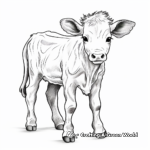
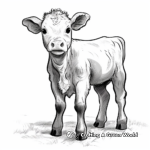
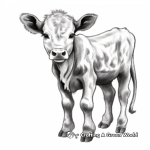

Baby Cow Family Coloring Pages: Mama, Papa, and Calf
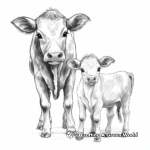
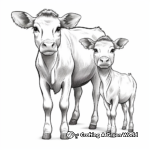

Tips For Coloring Baby Cows
What colors should I use for a baby cow coloring page?
Baby cows, also known as calves, generally come in a few common colors. Black, white, and brown are the most common. Some calves may be a mix of these colors, so feel free to use a combination depending on the look you want to achieve. Also, don’t forget to add pink for the inner ears and nose, white for the eye area, and black or brown for the eyes.
How can I add more detail and realism to my baby cow coloring?
Start with a base color for the calf’s body. For instance, if you’re coloring a black and white calf, use light grays and whites to depict the different fur patterns. Add darker shades for the cow’s hooves and spots, and lighter tones for areas where the light catches, such as on its back and around the stomach. Details like the fur’s texture and the calf’s muscular definition can also add more realism.
Are there any remarkable features of baby cows I should pay attention to while coloring?
Yes, baby cows, or calves, are generally smaller and appear more rounded than adult cows. They have large, curious eyes that are often highlighted, so you may want to emphasize these. If you’re coloring a newborn calf, you may also want to depict the umbilical cord which is seen for about a week after birth.
Can you provide some interesting facts about baby cows that I could incorporate into my art?
Sure, calf behavior is often playful and jaunty – something you might want to capture in your art. Calves are known to run, jump, and play with each other, often seen kicking their hind legs in the air. Also, depending on the breed, some baby cows have small horns which begin to grow soon after birth. Including these elements can add dynamism and educational value to your coloring page.
[taxopress_relatedposts id="1"]About Our Coloring Pages
All of the coloring pages displayed on this page are free for personal use. You have our express permission to download, print, color, and enjoy these pages at your own leisure and convenience. Each piece of artwork on this page has been chosen to inspire creativity and make the world of coloring engaging and enjoyable for all age groups. This permission extends to small non-commercial group settings like classrooms or therapy settings - you have our permission to print these for free distribution to small groups.
This permission is granted strictly for non-commercial uses. These images can not be resold, republished, or used for commercial purposes in any form or method. You may not sell the final colored versions, or use them as design elements in a product that is sold. Please contact us for commercial licensing options.
Our priority is to support and inspire creativity among those who love to color. Please join us in honoring this purpose by adhering to these guidelines. Happy Coloring!
